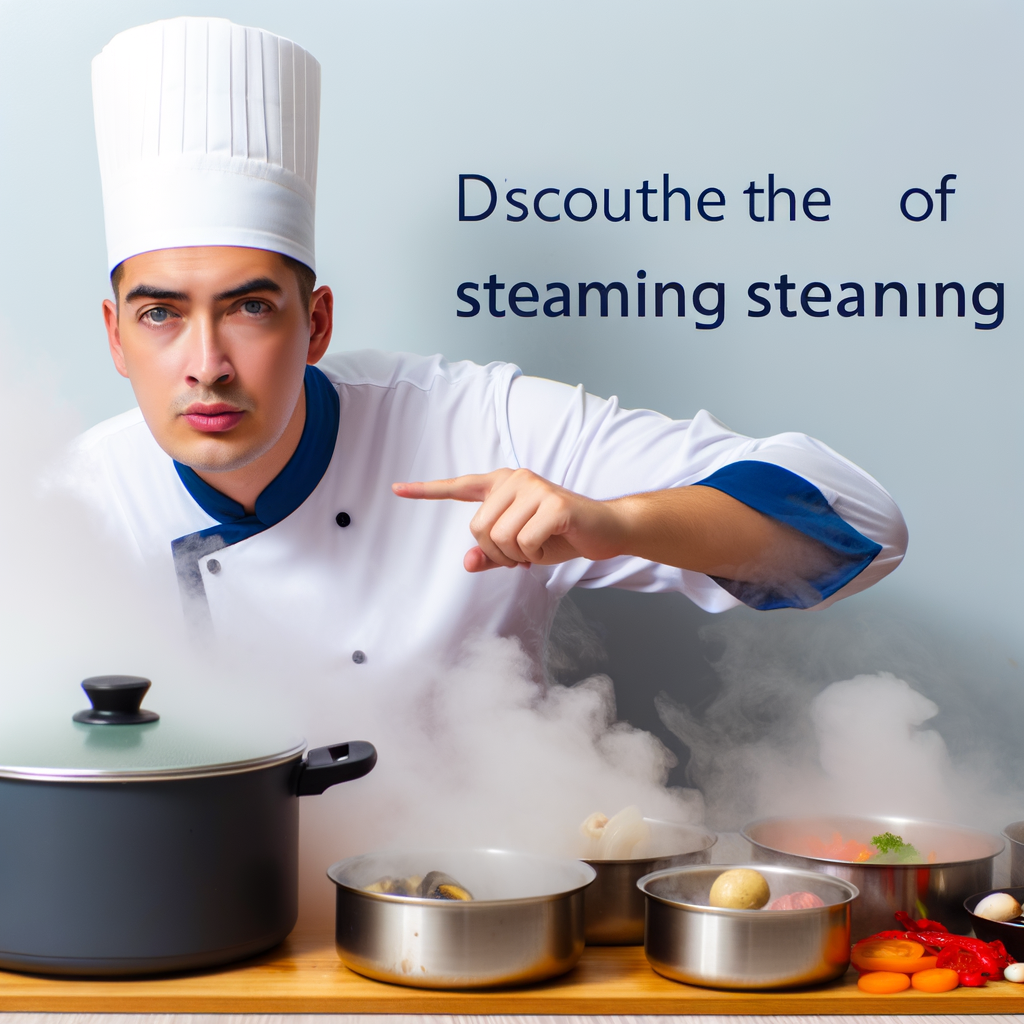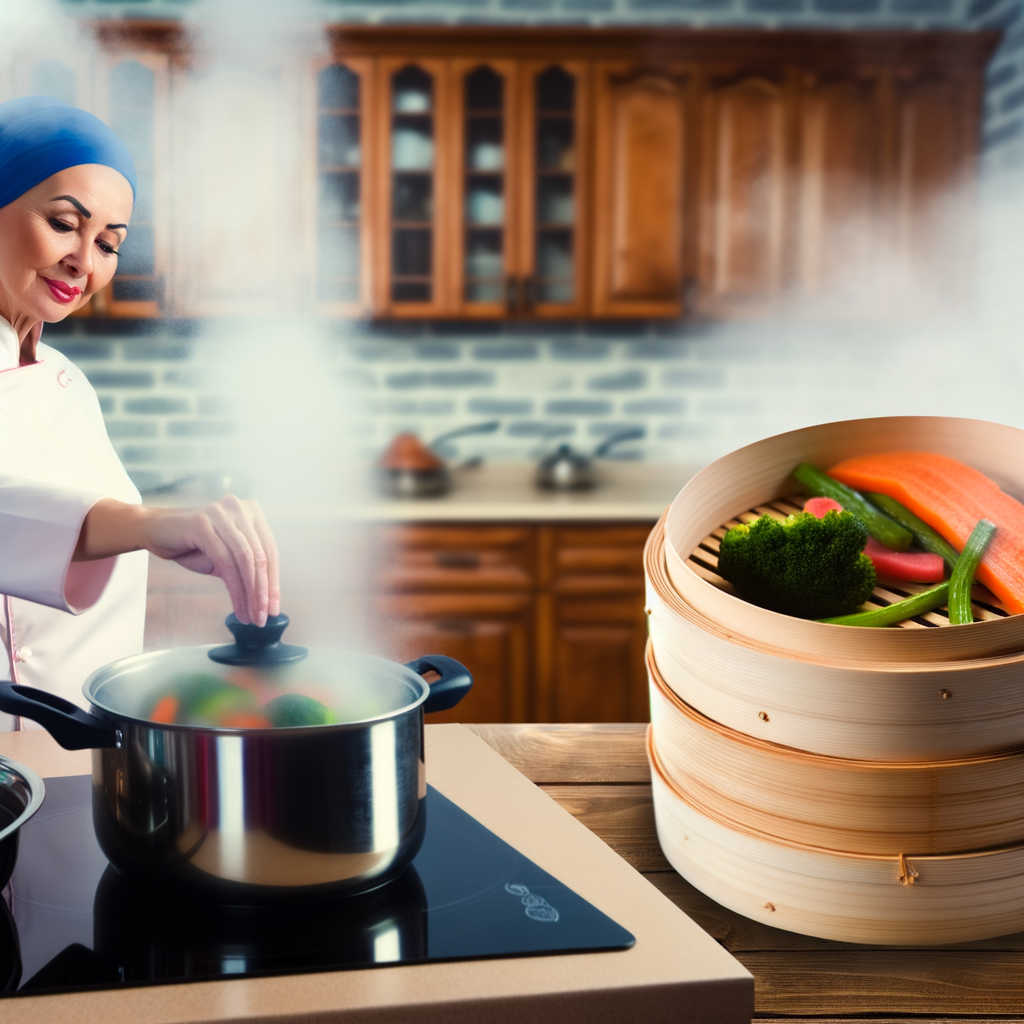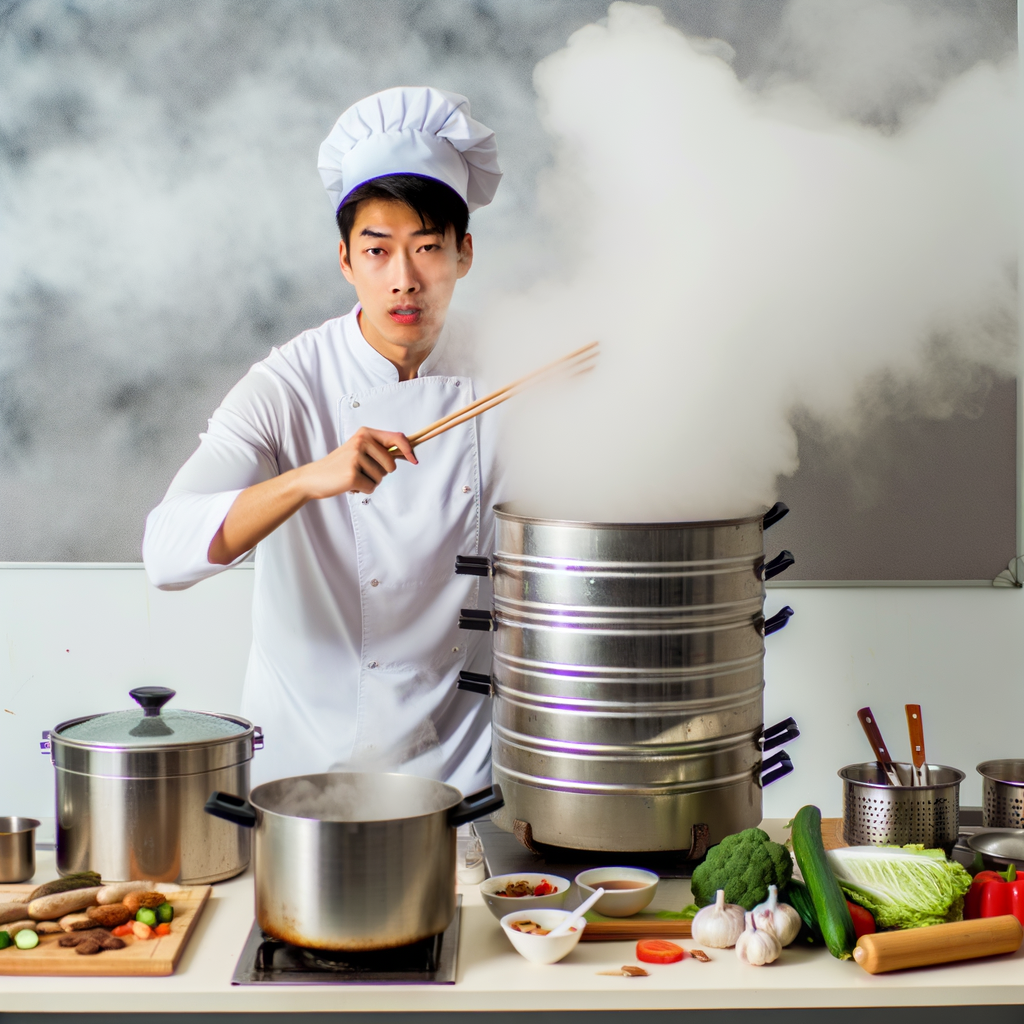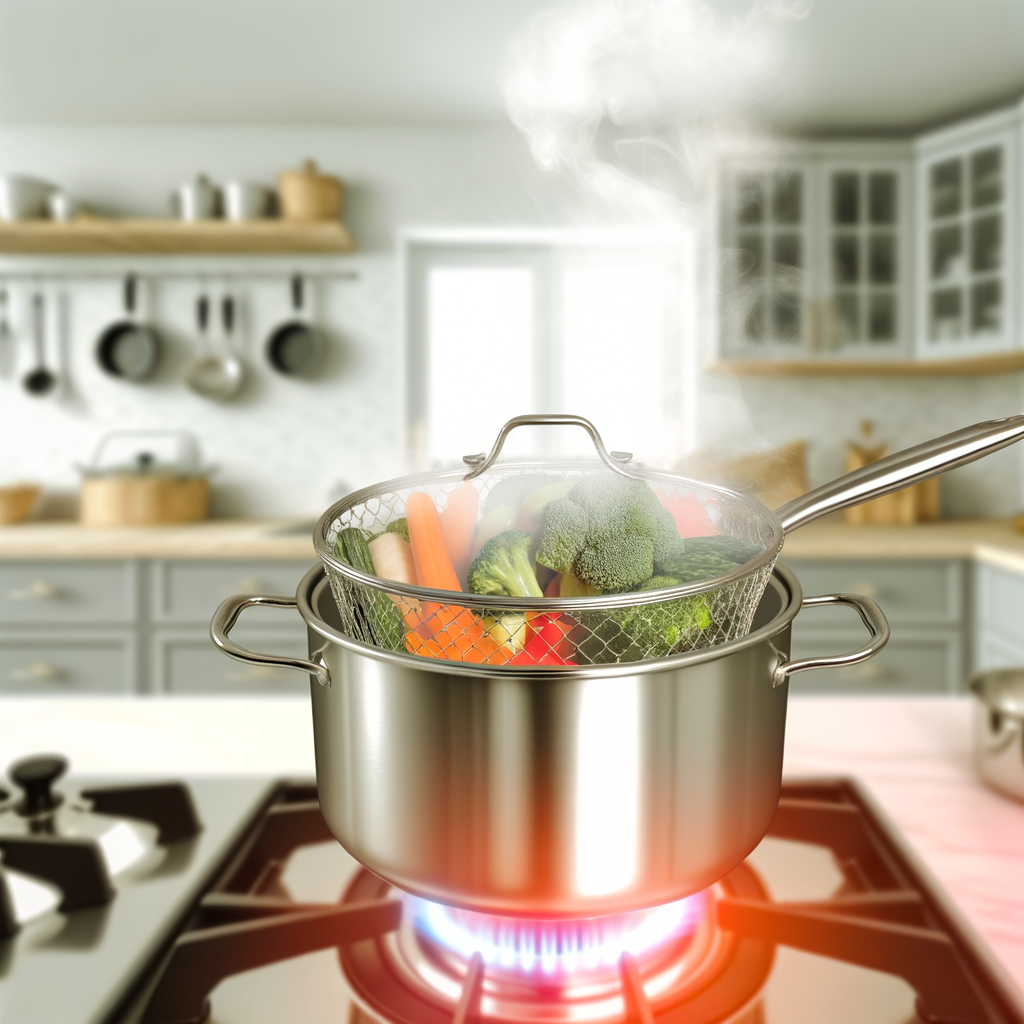When it comes to cooking techniques, there are few that can rival the simplicity and versatility of steaming. This method has been used for centuries in Europe, and for good reason. Not only does steaming preserve the natural flavors and nutrients of food, but it also allows for a more delicate and even cooking process. Whether you’re a novice or a seasoned chef, mastering the art of steaming is essential for any serious cook.
The process of steaming involves cooking food with the vapor from boiling water. This can be done in a variety of ways, such as using a steamer basket, a steamer pot, or even a bamboo steamer. The key is to ensure that the food is not in direct contact with the boiling water, as this will result in a soggy and overcooked dish.
One of the greatest benefits of steaming is its ability to enhance the natural flavors of food. This is especially true for delicate ingredients such as fish and vegetables. By cooking with steam, the food retains its moisture and nutrients, resulting in a more tender and flavorful dish. Additionally, steaming is a healthier cooking method as it requires little to no added fats or oils.
Steaming is also a very gentle cooking process, making it ideal for more delicate ingredients. This is especially helpful for cooking fish, as it prevents the fish from becoming tough or dry. It also allows for a more even cooking process, ensuring that the food is cooked through without any burnt or undercooked spots.
In conclusion, steaming is a valuable cooking technique that should not be overlooked. Its simplicity and versatility make it a perfect choice for any chef, and its ability to enhance the natural flavors of food make it a favorite among food enthusiasts. So next time you’re in the kitchen, don’t be afraid to try steaming – your taste buds will thank you.





